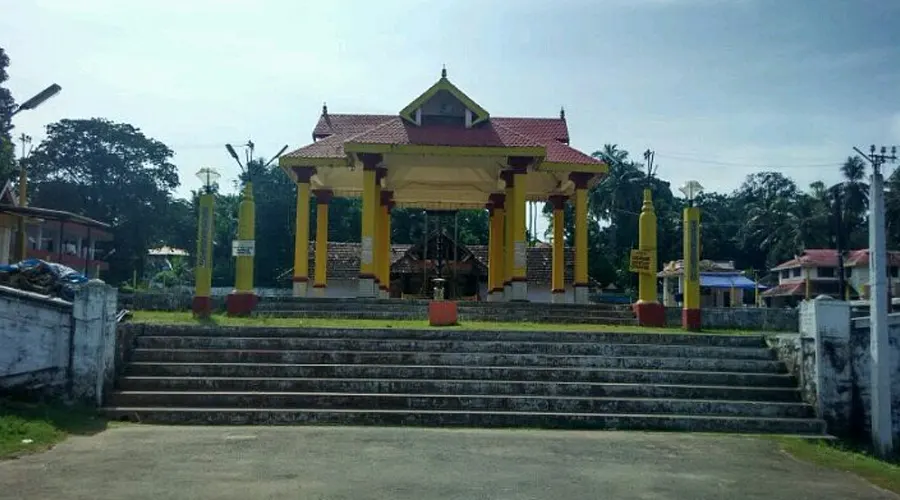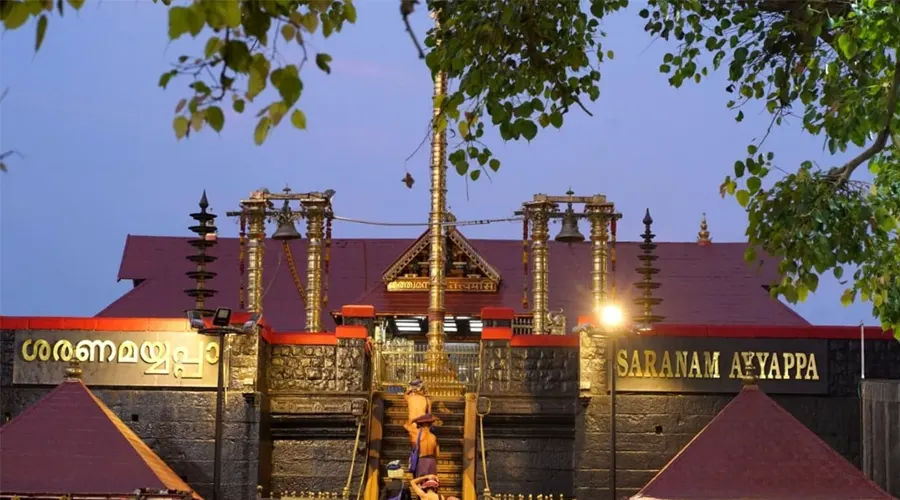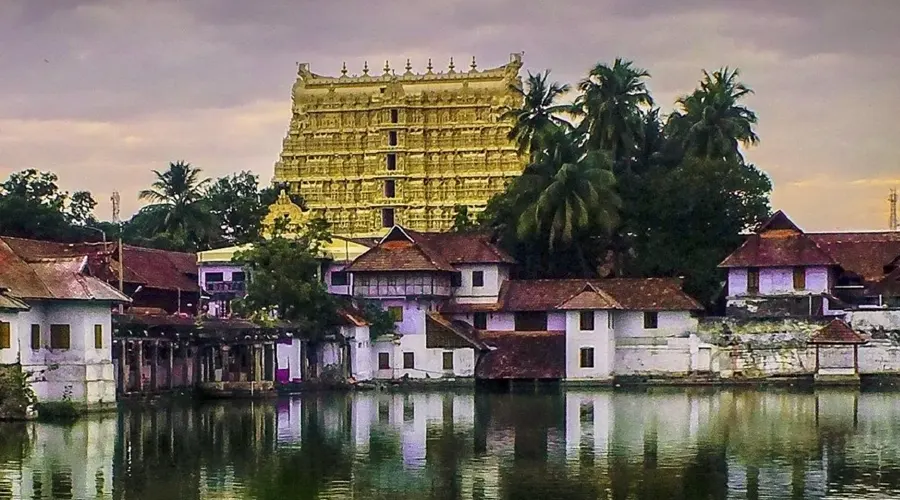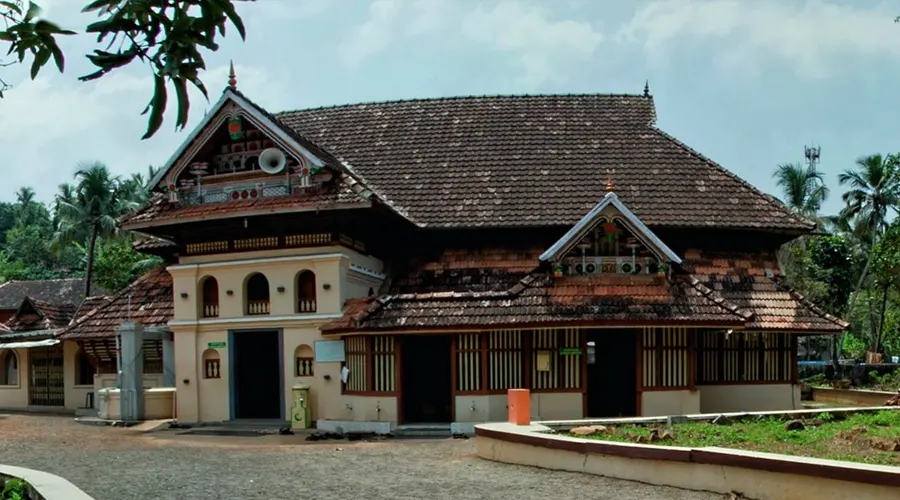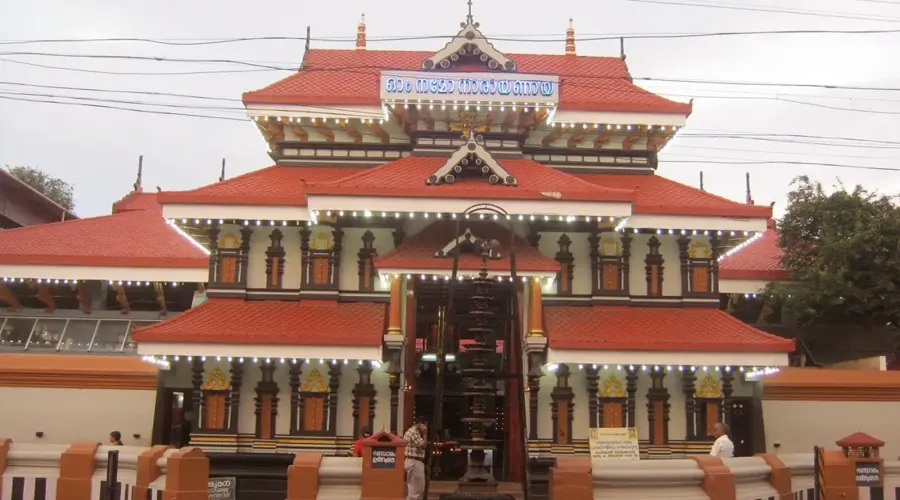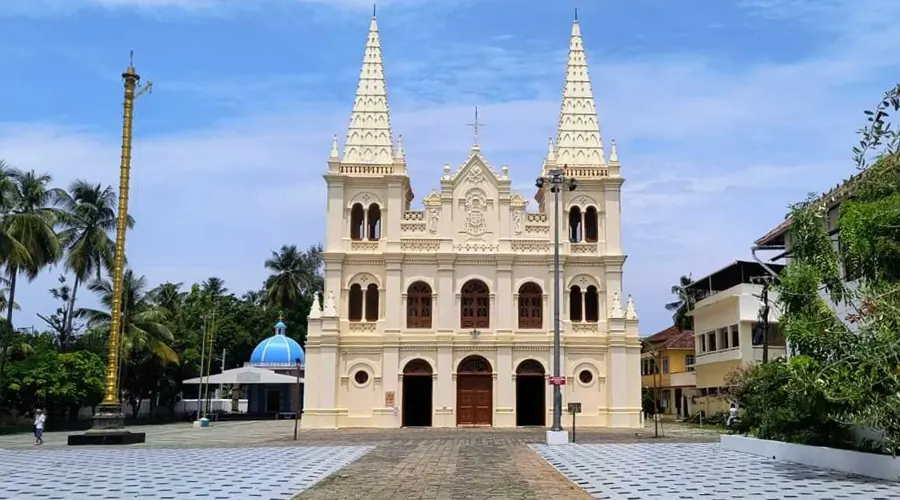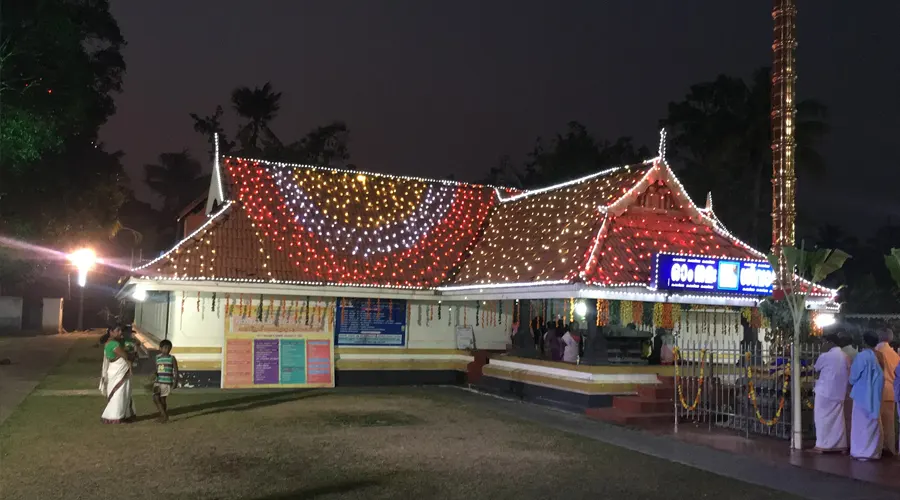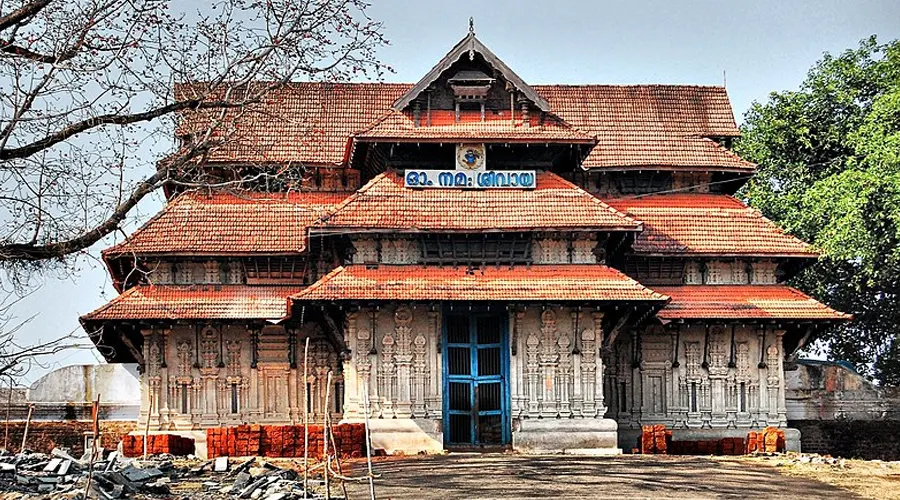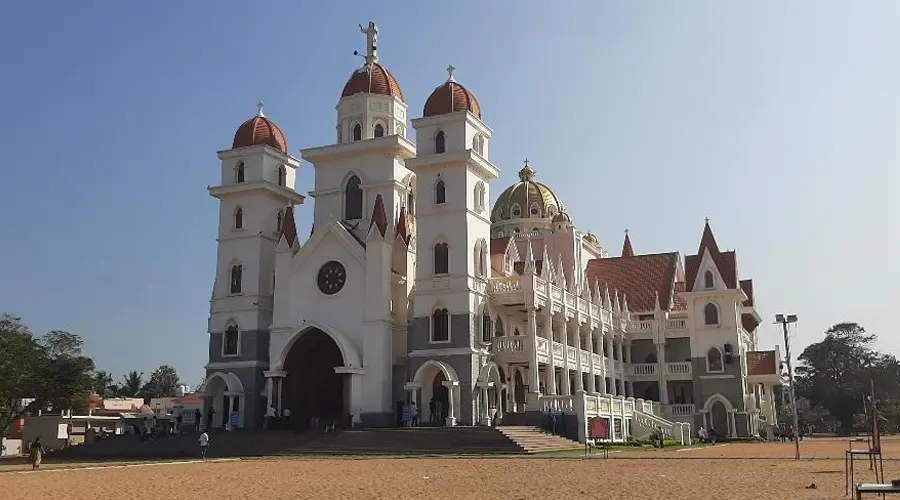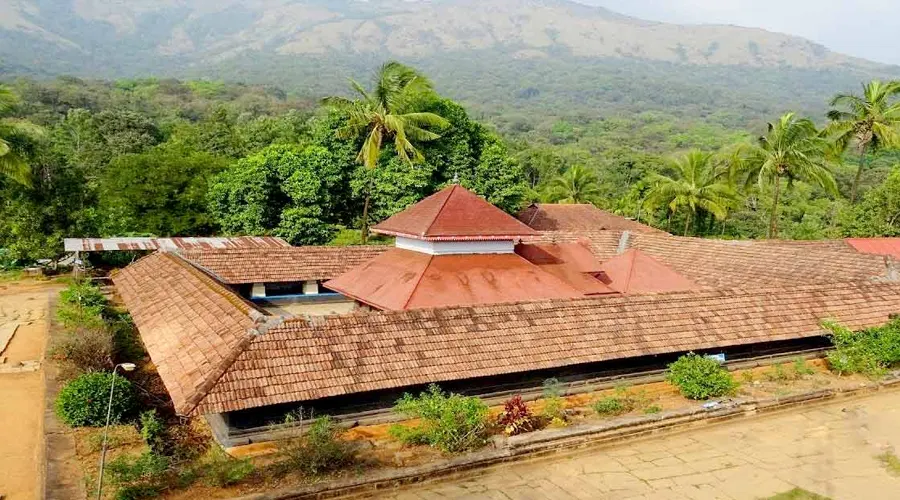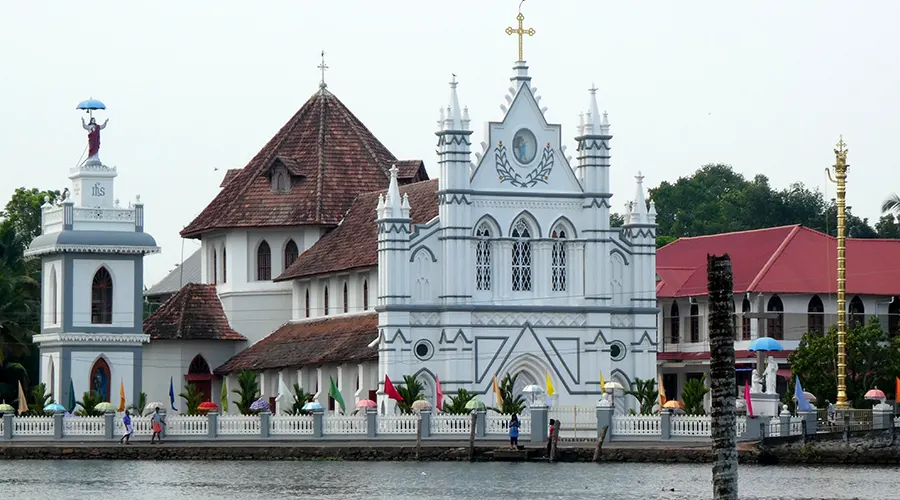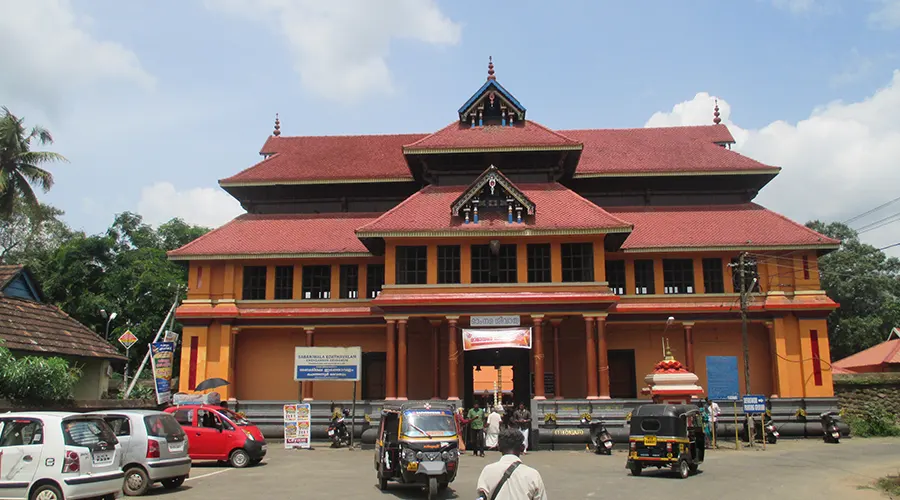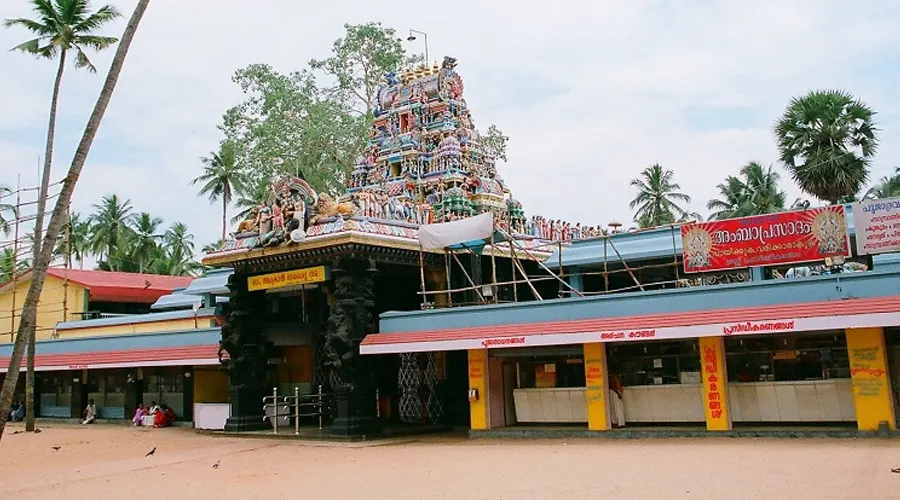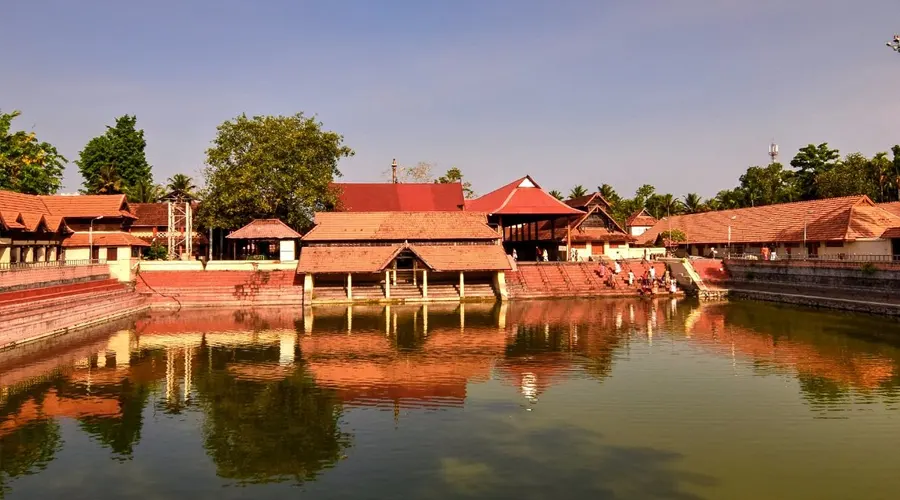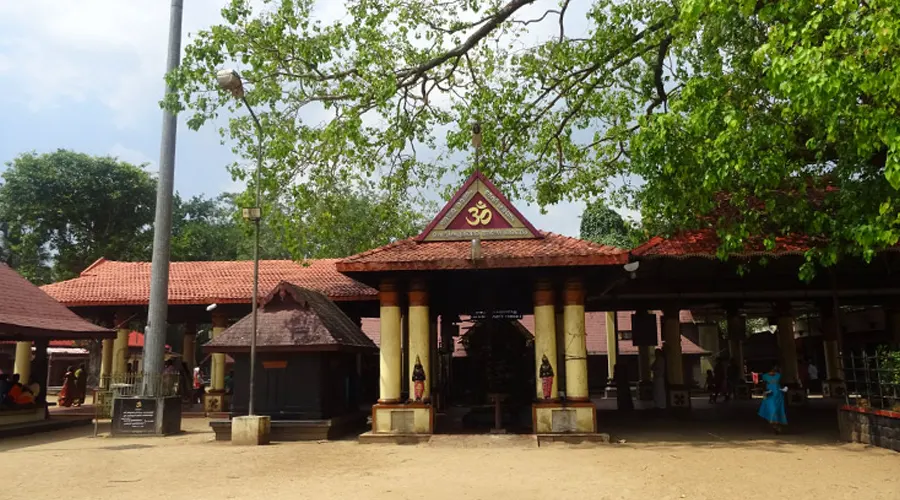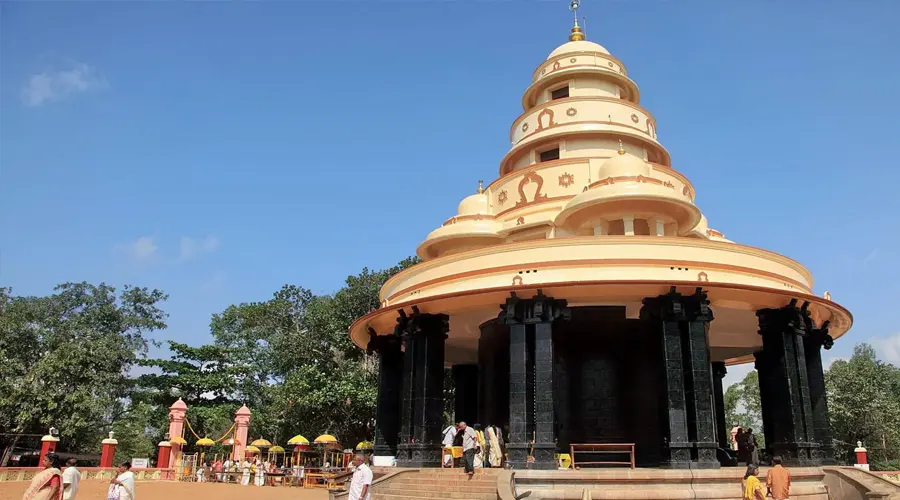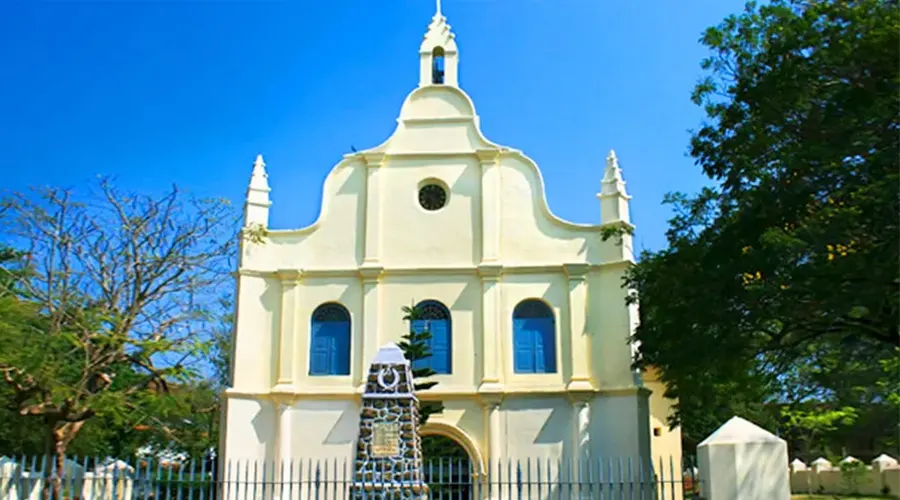Sree Jagannath Temple
Sree Jagannath Temple in Thalassery is a renowned temple on the coast of Malabar, Kerela. Consecrated by Sree Narayan Guru in 1908 to abolish the social evil of the caste system, the rituals at Jagannath Temple are conducted by non-Brahmins. The temple is located near Jagannath Temple Gate Railway Station, about one kilometer from Thalassery city. A small trail on the side of the railway track leads to the temple.
Jagannath Temple was opened to Harijans in the 1920s, while many temples in the country still deny entry to Scheduled castes and tribes. The main deity here is Lord Shiva. Ezhava Shiva was the name given to the idol of Lord Siva by Sree Narayan Guru, emphasizing that the place was open to every caste.
The temple is reminiscent of Jagannath Temple, Puri. The idol was built by renowned sculptor Thavarali and is made up of Panchaloha. Panchaloha is a Sanskrit word that translates to 'five metals' in English, the process involves mixing five different kinds of metals into one specialized alloy. A statue of Sree Narayan Guru built in Italy was also installed in the temple complex in 1927 to recognize his efforts for the backward classes.
He had a glimpse of his statue at Colombo where it arrived before coming to Thalassery. There are also many cows in the complex and visitors often feed them grass.
A Gift to The Disgraceful Society
During the medieval period, many lower castes including Ezhava were denied entry to the temples for worshipping gods. People belonging to the lower classes often worshipped Gods within Kavu or Kazhakam. Sree Narayana Guru realized it and he laid the foundation of Jagannath Temple to avoid denying entry to temples to such people.
He gave the name Ezhava Shiva to the main idol of the temple for shutting the mouth of the upper caste. Guru allowed people of all castes to enter the temple including the upper caste. Jhanodhaya Yogam manages and administers the temple.
Entry Allowed to People of All Castes
Consecrated by Sree Narayan Guru in the year 1908, the renowned Sree Jagannath Temple was built to abolish the social evil of the caste system. The peculiarity of this shrine is that its rituals are performed by non-Brahmins. This temple is located nearly 1 kilometer away from Thalassery City near the Jagannath Temple Gate Railway Station.
There is a small trail on the side of the railway track to reach this shrine. This famous temple was opened to Harijans in the 1920s and at that time, most of the temples in India denied entry to people belonging to Scheduled castes and tribes.
Lord Shiva is the main deity of the Sree Jagannath Temple in Thalassery. Sree Narayana Guru has given the name Ezhava Shiva to the idol of this temple to emphasize the fact that this temple was open to all castes. This temple is reminiscent of Jagannath Temple, Puri, and its idol was built in Panchaloha by the famous sculptor, Thavarali.
In the Sanskrit word, Panchaloha means ‘five metals’ and most of the idols in the temples of Kerala are built using a specialized alloy made by mixing five different metals. Visitors can also see a statue of Sree Narayana Guru built in Italy as an appreciation of his contributions to the development of backward classes in Kerala. This statue was installed in the temple complex in the year 1927.
The statue arrived from Italy through Colombo and Guru could get glimpses of it before it reached Thalassery. Visitors love to feed the cows in the temple compound.
Architecture of Sree Jagannath Temple
The walls of Jagannath Temple are white washed and the sloping roof has red clay tiles. The Sreekovil (Main Sanctum) has no windows and only the priests are allowed to enter inside. There are beautiful wood carvings on the ceilings of the temple. The temple is constructed in Kerala architectural style.
There is a well near the temple used exclusively for pooja and rituals. There is a beautiful pond on the premises with steps cut on all sides for people to enter the water safely. In the middle of the pond is a lovely fountain with four elephant heads.
Major Festivals Celebrated at Jagannath Temple
The annual festival of Jagannath Temple is in the month of Kumbham. It starts on the day of Punartham and lasts for eight days. A lot of people from far and wide gather at this temple during this time to watch different cultural programs and fireworks. The Rath Yatra festival of this temple is also very famous and is celebrated in May and June. It is celebrated during the month of Jyestha on the full moon day.
The idols of the temple such as Sudarshana, Balabhadra, Subhadra, and Jagannath are brought out during this day and placed in their special chariots that are kept near the Singhadwar. Customary ceremonies need to follow to take the idols to chariots during this occasion. The idols are returned to the temple in a procession and placed in a special place called Anasarapindi and exposed for 15 days for the view of the public.
The sevakas (helpers) of a particular group named ‘Daitapatis’ perform some unique customs and rituals for these idols. The Gods of this temple give ‘Darshan’ (‘Navajouvan Darshan’) to devotes before the day of Rath Yatra. This event is also known as Gundicha Yatra and the Ghosha Yatra.

